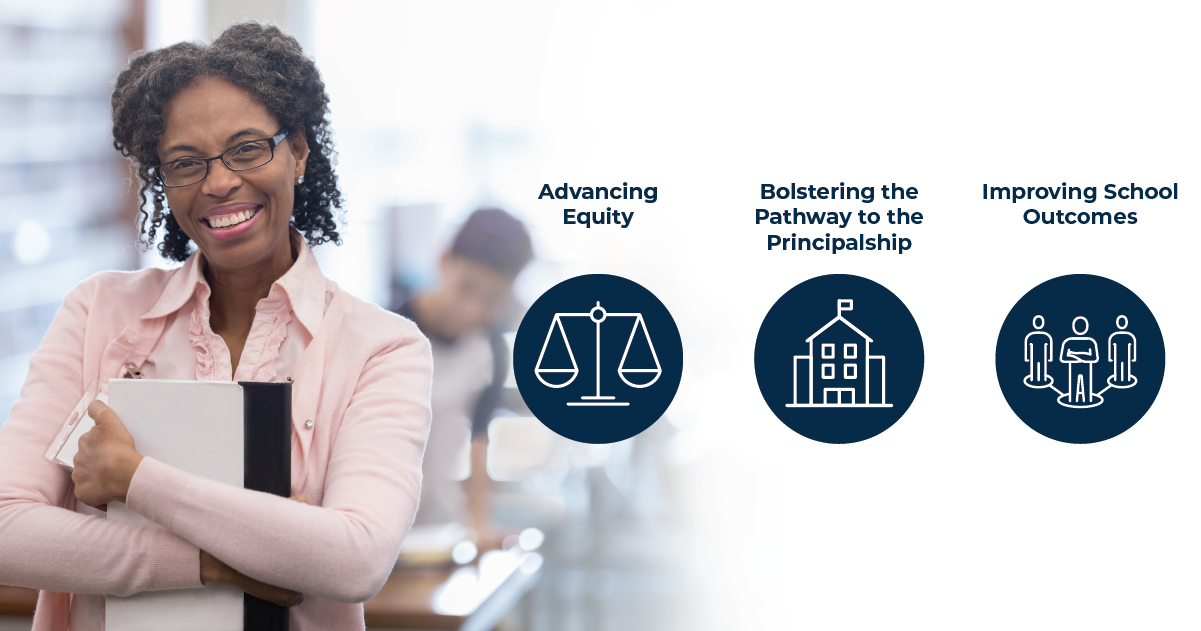The number of assistant principals is increasing and the role is key to advancing educational equity, according to a new report by researchers from Mathematica and Vanderbilt University’s Peabody College of Education and Human Development. “The Role of Assistant Principals: Evidence and Insights for Advancing School Leadership,” which was commissioned by the Wallace Foundation, clarifies the various functions of assistant principals across the country and suggests ways to better prepare and support them.
Drawing on 20 years of research and new analyses of national data and state data from Pennsylvania and Tennessee, the report recommends ways that practitioners and policymakers can better support assistant principals, which is often an overlooked leadership role. These recommendations include developing distinct standards for assistant principals, tailoring evaluations to the position, eliminating barriers to advancement, and ensuring equitable mentoring for assistant principals of color and women.
Key findings include:
- From 1990 to 2016, the number of assistant principals in the United States grew by 83 percent, to almost 80,600.
- Duties of assistant principals vary but generally include a mix of instructional leadership, management, and student discipline.
- From 1988 to 2016, the proportion of principals with experience as an assistant principal increased from about half to more than three-quarters.
- Educators of color and women face barriers to advancement on the leadership pathway. Across six states, 24 percent of assistant principals were people of color compared to 19 percent of principals. Across these states, 52 percent of both principals and assistant principals were women, compared to 77 percent of teachers. If racial and gender barriers to advancement were addressed, the assistant principal role could lead to greater diversity in the principal role.
- Principals in numerous studies suggested that their experience as an assistant principal provided important preparation for the role of principal.
- Specific aspects of the assistant principal’s job could help improve student outcomes. For example, their role in coaching teachers is associated with improved student achievement, and evidence suggests their attention to cultural inclusivity fosters more equitable school environments.
- Collaboration between principals and assistant principals could reduce principal burnout and provide necessary experience for those who aspire to become principals.
“The assistant principal role is critical for advancing equity for students and teachers and developing the pipeline of future principals,” said Mariesa Herrmann, senior researcher at Mathematica. “This report highlights the explosive growth in assistant principals over the past 25 years, the need to address barriers to advancement to the principalship for people of color and women, and the need for policymakers and researchers to pay increased attention to the assistant principal role.”
Herrmann conducted the research synthesis with Ellen Goldring and Mollie Rubin of Vanderbilt University’s Peabody College of Education and Human Development.
To read the report and its summary, please visit Mathematica’s dedicated web page about the study.


